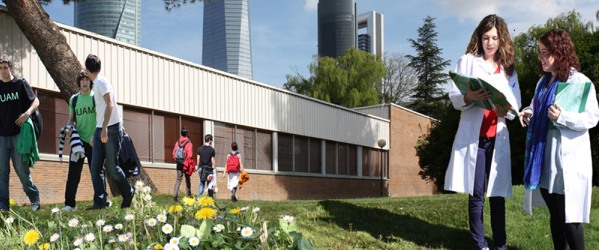European Higher Education Area
The European Higher Education Area (EHEA) is designed to produce the convergence of the European university systems to ensure their degrees will be recognised in every part of Europe, and to improve the hiring process and mobility of its students. It also encourages continuous assessment and lifelong learning.
The Sorbonne Declaration of 1998 and the Bologna declaration of 1999 marked the start of this initiative (known as the Bologna Process), whose signatories today total 47 countries.
You can find more information on the website of the European Union's Directorate-General of Education and Culture (available in English, German and French):
http://ec.europa.eu/dgs/education_culture/
Therefore by choosing to study in Spain you will be awarded a degree which is fully recognised in every part of an area with over 700 million inhabitants, thereby guaranteeing your employment mobility all over Europe.
What is the structure of the studies in the European Higher Education Area?
1st cycle: Graduate. 240 ECTS. Duration: 4 academic years
2nd cycle: Master. 60-120 ECTS. Duration: 1-2 academic years
3rd cycle: Doctor. Duration: 3-4 years (the duration is not fixed in ECTS credits)
What is a ECTS?
This refers to the European Credit Transfer System, and is a method for recognising the university credits from all the European countries in the same way.
An ECTS credit is equivalent to 25-30 hours of work by the student (with the understanding that this may include not only hours of class attendance, but also practical work, study time, projects, consulting the bibliography, seminars...)
What is a European Supplement to the Degree?
The European Supplement to the Degree (SET) in a document that accompanies the official university degree and contains personalised information on the studies you have pursued, your results and the level of your degree.
This enables institutions to recognise the academic and professional value of the degrees.
Mobility
Thanks to the comparable structure of the degrees, you'll have the advantage that your studies will be recognised throughout the European Higher Education Area (EHEA), and so if you wish you can pursue some of your courses in different European universities. That way you'll be able to acquire your knowledge in a variety of different languages and cultures.
You can find more information in our section Spain in Europe.







